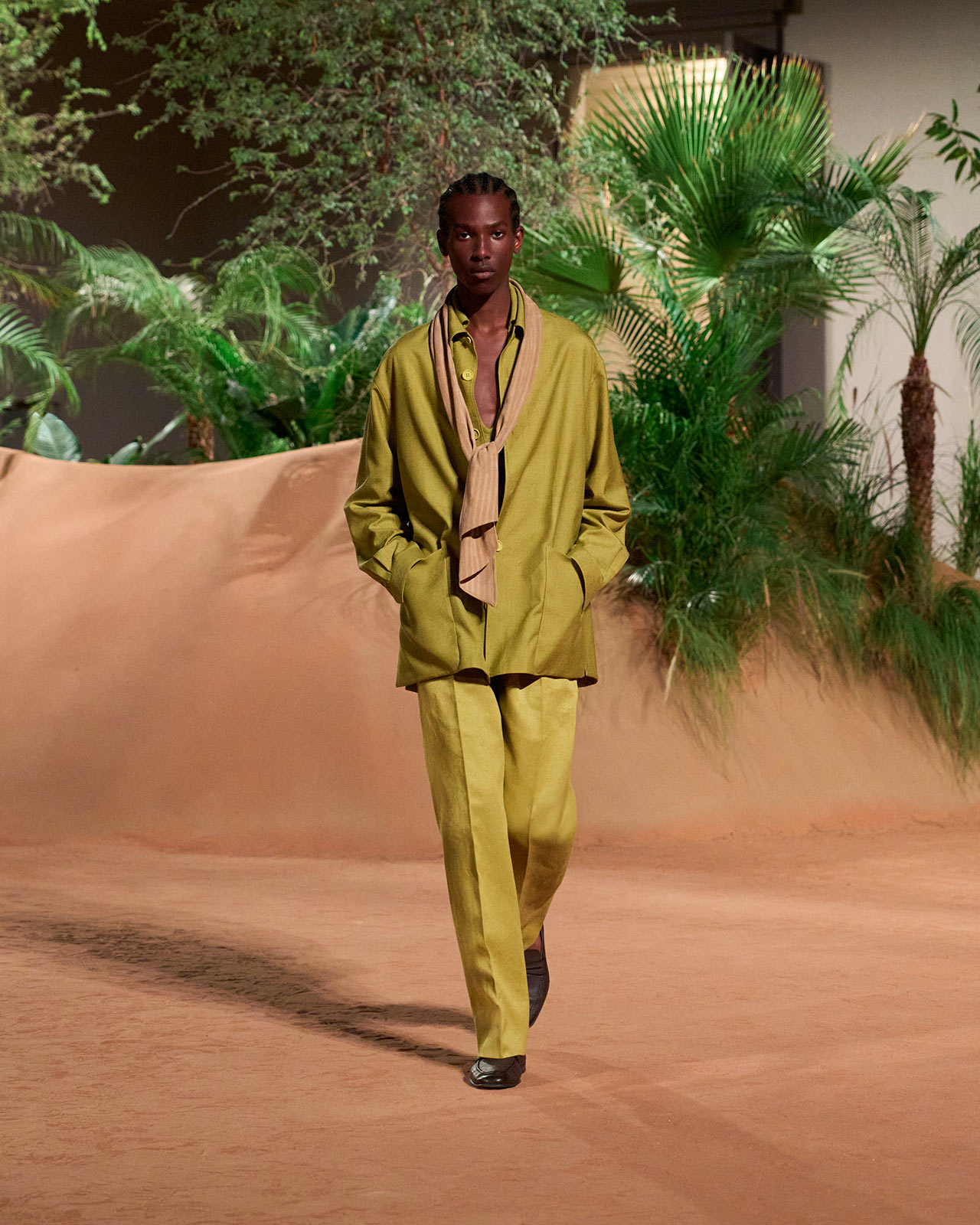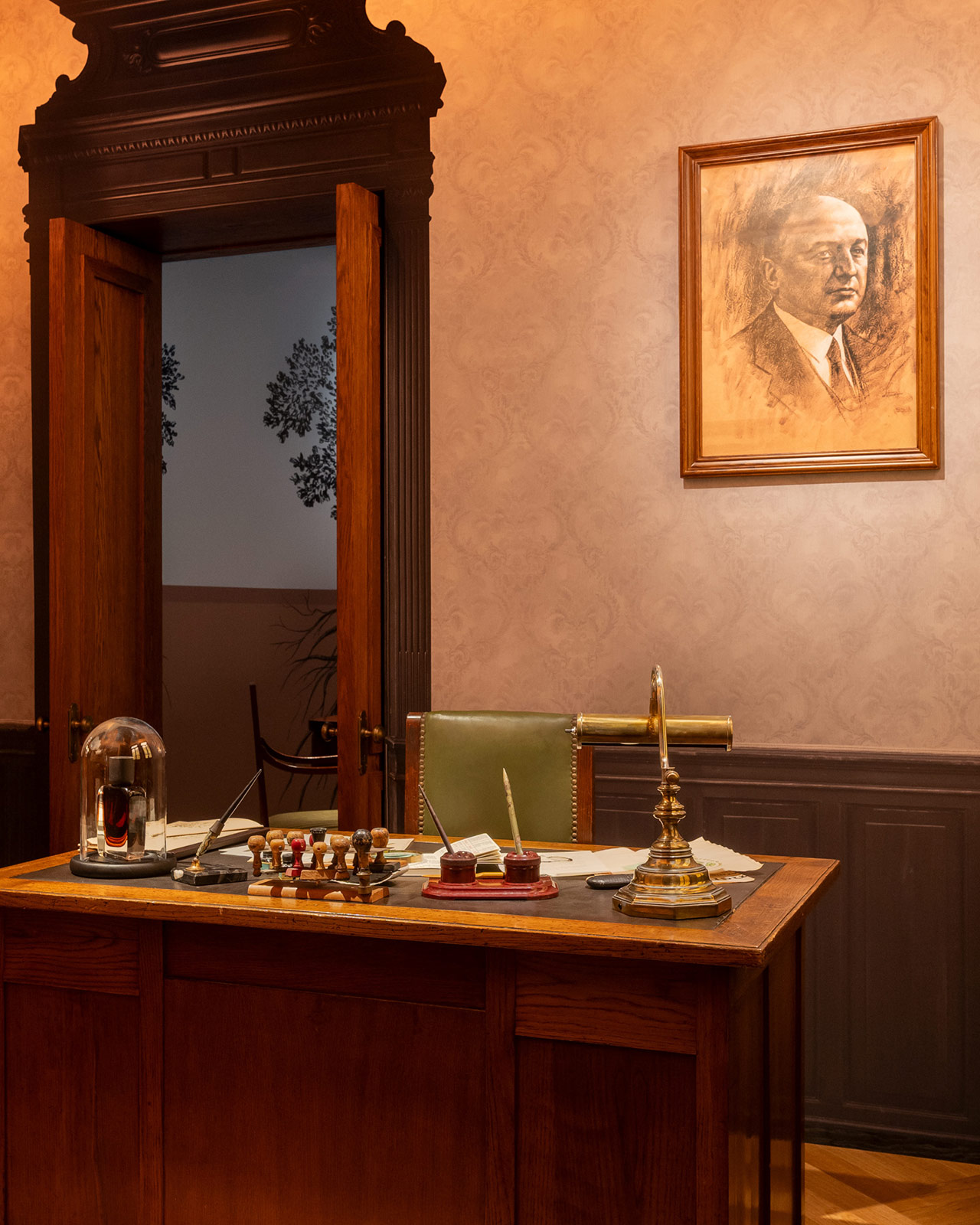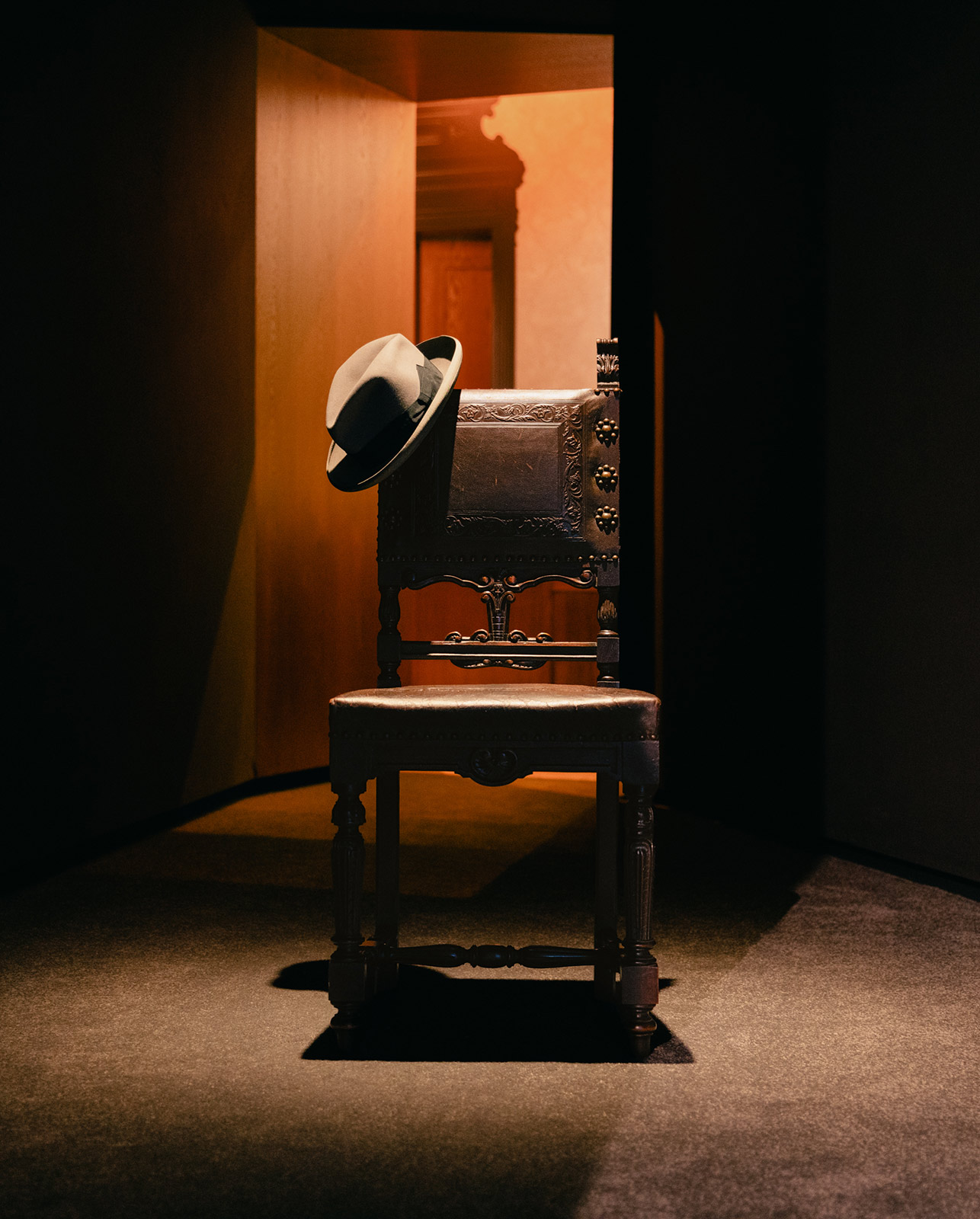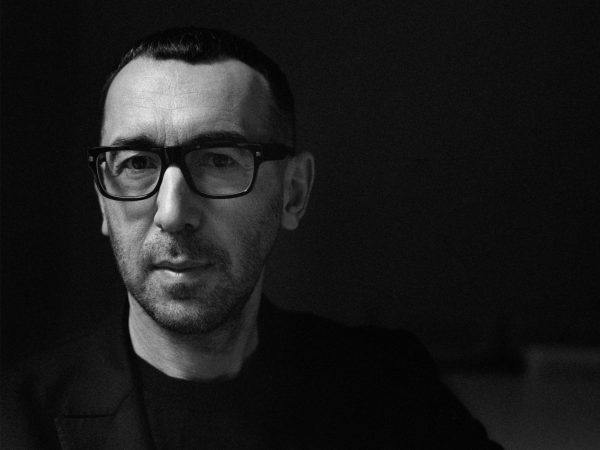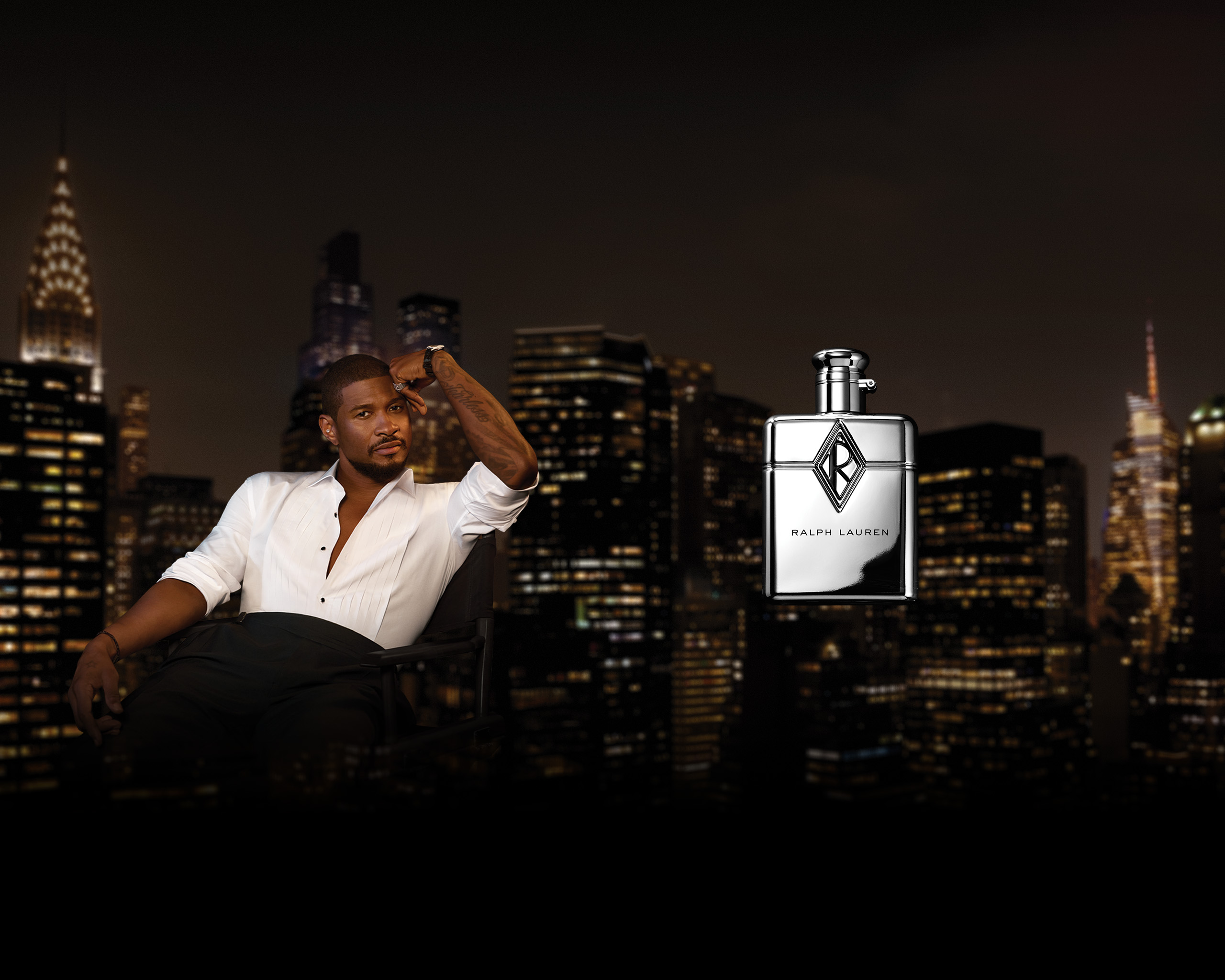With a quietly radical show in Dubai, Zegna shifts the geography of luxury—and the silhouette of the modern man
Under the neon-tinged heat of Dubai’s nighttime skyline, Zegna offered a menswear collection that proposed softness as sophistication, and restraint as revolution. It was a fitting match: Dubai, a place of relentless architectural ambition and gleaming futurism, met a brand that has spent the last decade rewriting its own legacy—moving from power suiting to a quiet, precise language of dressing that feels built not on dominance, but on intention.
What Artistic Director Alessandro Sartori has been exploring at Zegna is not just tailoring, but the architecture of ease. In Dubai, that proposition felt newly expanded. At Villa Zegna, silhouettes drifted: long duster coats with fluid shoulders; airy tunics that hinted at djellabas but stopped short of pastiche; suiting that seemed to melt into the body, with relaxed trousers and unstructured blazers in sun-faded tones. There’s a confidence to the collection that doesn’t shout—it breathes.
The palette was desert-sensible but emotionally rich: muted ochres, clay, and parchment offset by cool sage and dusty lavender. Everything was executed in Zegna’s signature Oasi Linen—woven from flax cultivated in Italy with sustainability at the fore. There’s something meaningful about staging this collection in Dubai, a city of transplants and thresholds, where heat reshapes time and cloth alike. The garments felt not just contextually aware but responsive, like they’d been made for this climate, this moment.
Zegna’s decision to present here marks a shift in the gravitational center of luxury. For decades, fashion’s narrative has been Eurocentric—defined in Paris ateliers, staged in Milanese palazzos. But this show was a declaration that taste, and power, are changing geographies. Dubai, with its hybrid cosmopolitanism and growing art ecosystem, is increasingly a site of both consumption and creativity. By showing here, Zegna is courting a market and engaging in cultural dialogue. It’s asking: what does elegance look like when borders are porous and identities are fluid?
As someone who’s spent the last decade documenting the intersections of fashion, art, and subculture, I find Sartori’s work compelling not only because of its finish, but because of its philosophy. There’s a refusal to perform masculinity in its most conventional forms. The models—diverse in age and background—walked with ease, like people at peace with their own presence. Rather than demand attention, the clothes invited intimacy.
There were no logos, no spectacle for spectacle’s sake. Instead, we were offered texture, proportion, subtlety: the quiet eroticism of a sheer linen shirt, the almost ceremonial elegance of a collarless jacket. The casting felt global, and purposefully so—a reflection of who this new Zegna man might be: rootless, fluid, attuned to atmosphere and context.
Backstage, Sartori spoke about designing not for trends, but for rituals. It’s a sentiment that resonates in a world that’s increasingly post-occasion. We don’t dress for events anymore—we dress for moods, for motion, for identity in flux. This collection understood that, and offered a wardrobe for a man who is neither ornamental nor overdetermined. A man who doesn’t need to announce himself to be seen.
What Zegna did in Dubai was subtle in execution but radical in implication. The show proposes a mode of masculinity grounded in openness and curiosity.
As the show ended and the crowd—local artists, collectors, global press, Emirati royalty—spilled into the night, there was a palpable sense that something had shifted. Fashion’s sense of place had expanded.In a city known for extremes, this act of quiet refinement felt almost radical. And in that gesture, Zegna reminded us that real elegance operates through vibration, through the subtle frequencies of cloth and movement and intention.



